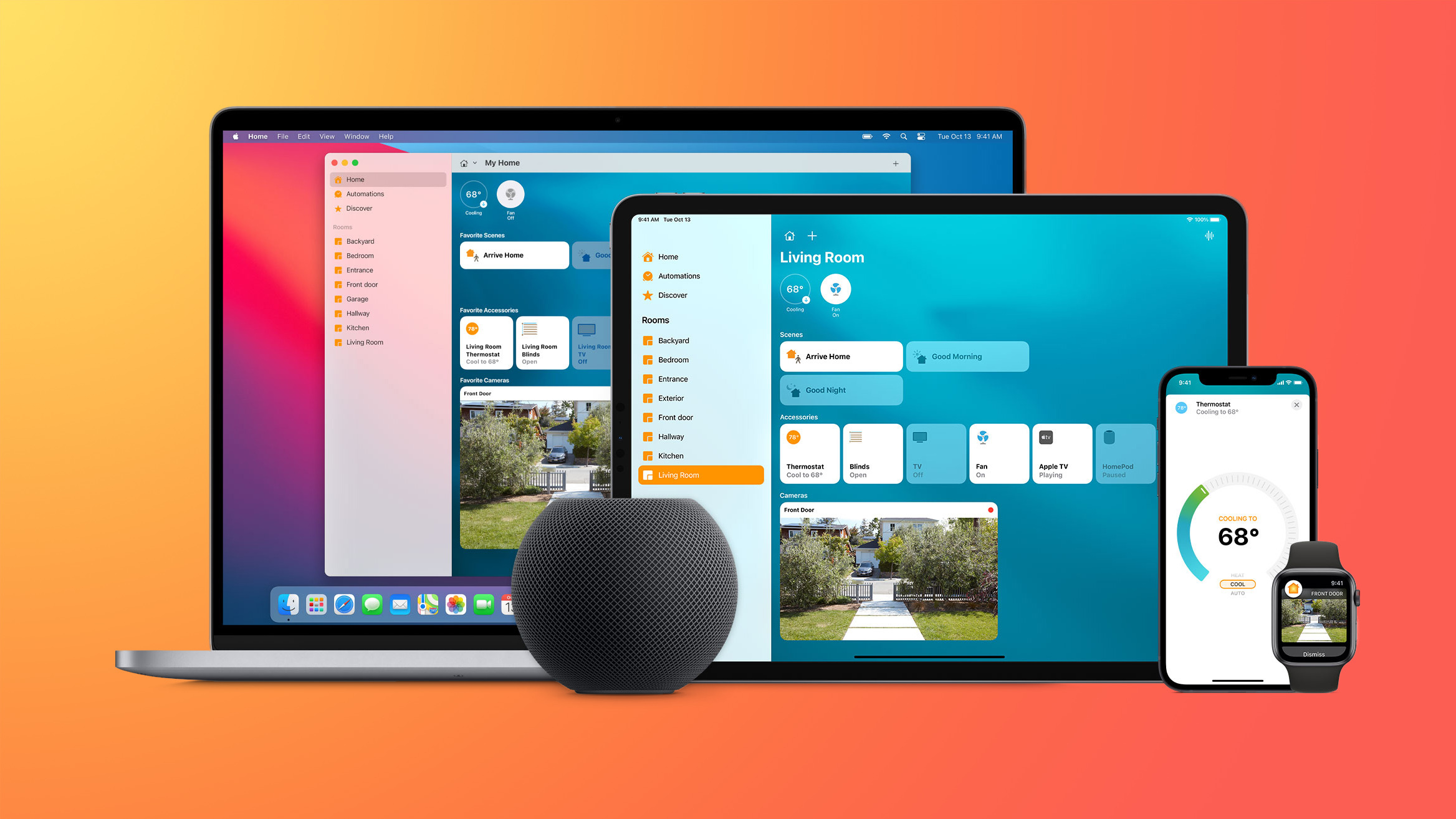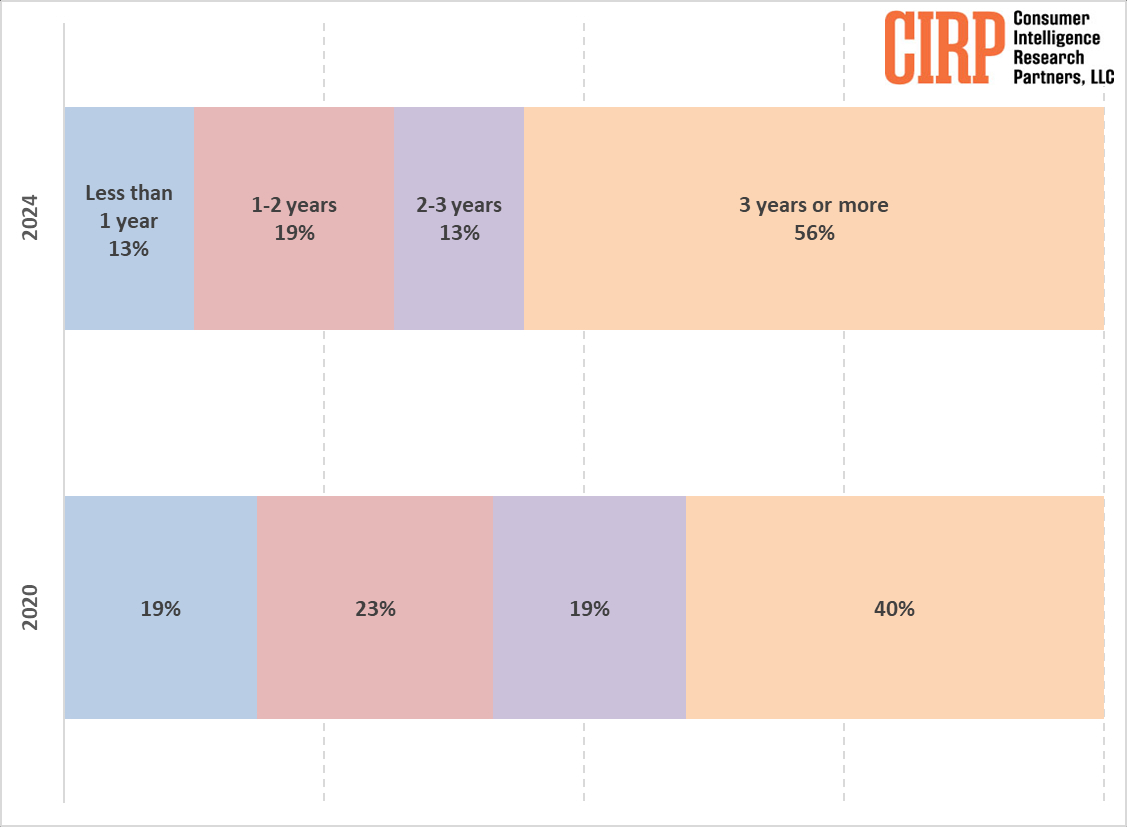
In recent years, a shift has occurred in the behavior of Apple customers, who are increasingly opting to retain their iPhones, iPads, and Macs for extended periods before upgrading. In the most recent 12-month period, 71% of iPhone owners and 68% of Mac owners reported that their previous device was over two years old, up from 63% and 59%, respectively, in 2020.
In the specific case of the Mac, CIRP indicates a substantial increase in the length of time users keep their devices. Currently, 56% of Mac customers hold onto their laptops or desktops for three years or more, a significant rise from 40% in 2020. This trend has led to a decline in shorter lifecycle lengths, with fewer users keeping their Macs for less than three years. CIRP's research suggests that the transition to Apple Silicon, which began in 2020 with the introduction of the M1 chip, has played a crucial role in this shift. Apple Silicon has delivered significant performance and energy efficiency improvements, making Macs more capable of handling demanding tasks for several years.
 Age of previous Mac for Apple customers buying a new Mac (12 months ending March of each year)
Age of previous Mac for Apple customers buying a new Mac (12 months ending March of each year)The economic impact of the COVID-19 pandemic also likely influenced consumer behavior. During the early stages of the pandemic, there was a surge in demand for technology to support remote work and online education, but economic uncertainy followed and many consumers became more cautious with their spending, opting to maximize the lifespan of their existing devices rather than investing in new ones. Battery life improvements in MacBooks have also reached a satisfactory threshold for many users, further reducing the incentive to upgrade frequently.
This phenomenon has similarly been noted by Bloomberg's Mark Gurman, who recently said that the percentage of iPhone and Mac users whose previous device was older than two years has risen sharply. He attributed the shift to several factors, including fewer significant features in new models, improved durability and reliability of devices, and changing user needs. The increased reliance on streaming services and web-based applications means that for many users, their current devices remain sufficiently powerful and capable for everyday tasks. As a result, the traditional motivations for frequent upgrades, such as the need for better cameras, more storage, or faster processing speeds, have diminished.
Tag: CIRP
This article, "Apple Users Are Keeping Their Devices for Longer as Upgrades Slow" first appeared on MacRumors.com
Discuss this article in our forums








 English (US) ·
English (US) ·